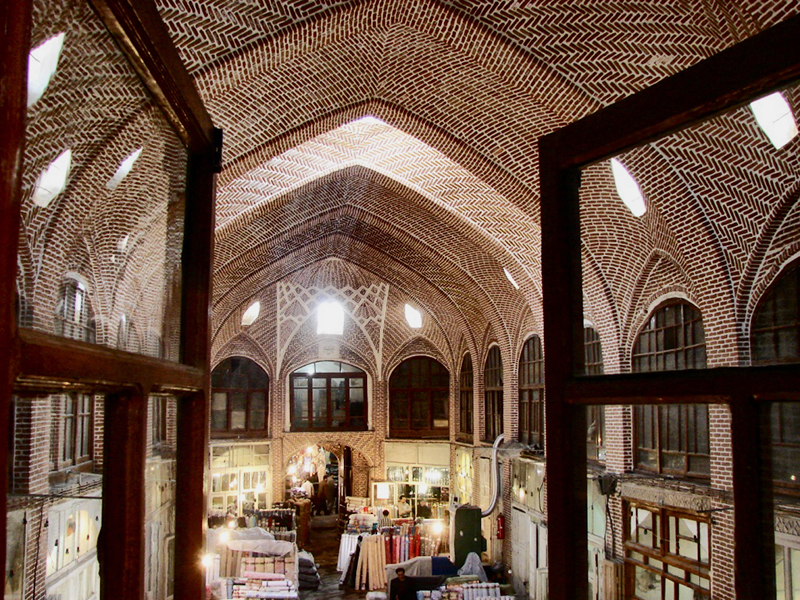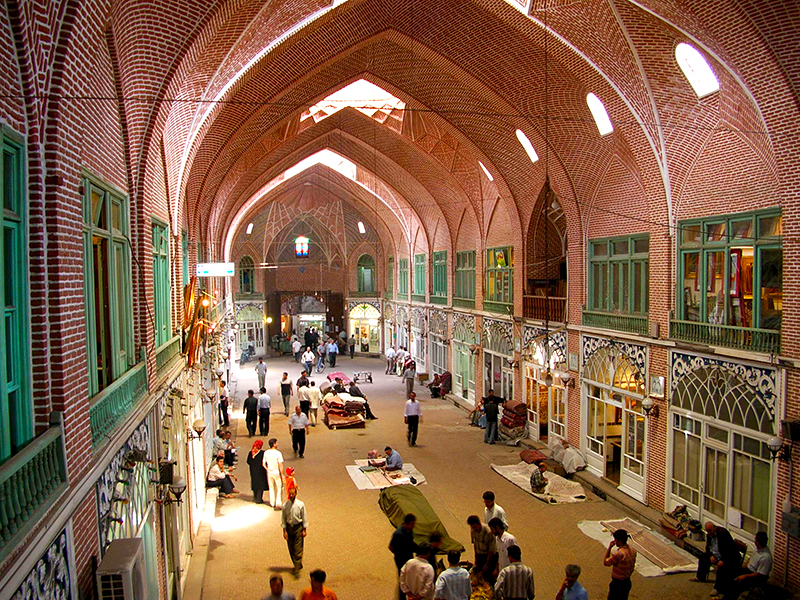
One of the most important and ancient historical landscapes of Tabriz city, is its bazaar. This old market with its magnificent maze is located right in the center of the city. Not only is it one of the oldest bazaars in the middle east, but it’s the largest covered bazaar in the world. Tabriz Grand Bazaar was added to the UNESCO World Heritage sites of Iran in 2010, making it the top monument among Tabriz attractions.
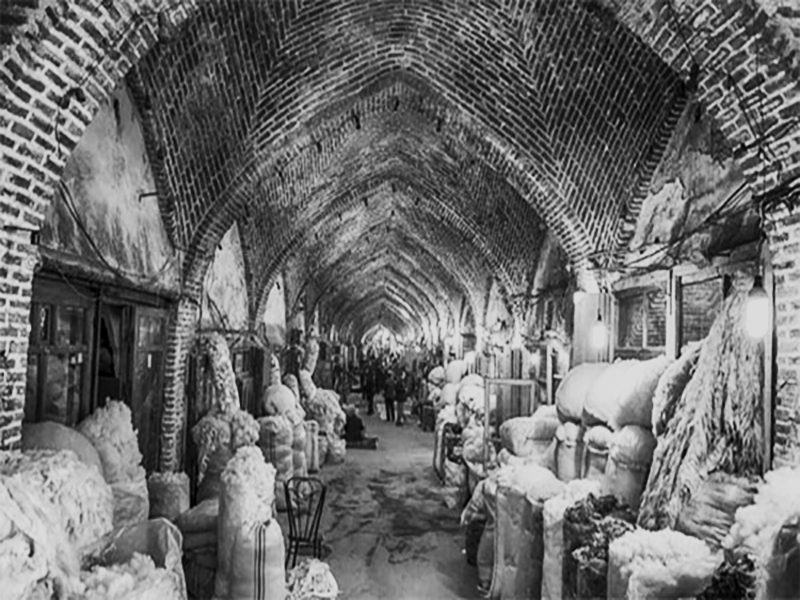
What is the history of Tabriz Bazaar?
Tabriz bazaar complex is one of the most important commercial centers on the Silk Road. The bazaar was mentioned by the Italian traveler Marco polo, who claimed to have passed through it while journeying on the Silk Road. Tabriz and its Bazaar were already prosperous and famous in the 13th century, when the town, became the capital city of the Safavid kingdom. The city lost its status as the capital in the 16th century, but remained important as a commercial hub until the end of the 18th century. Tabriz as a city is one of the most complete examples of the traditional commercial and cultural systems inside Iran.
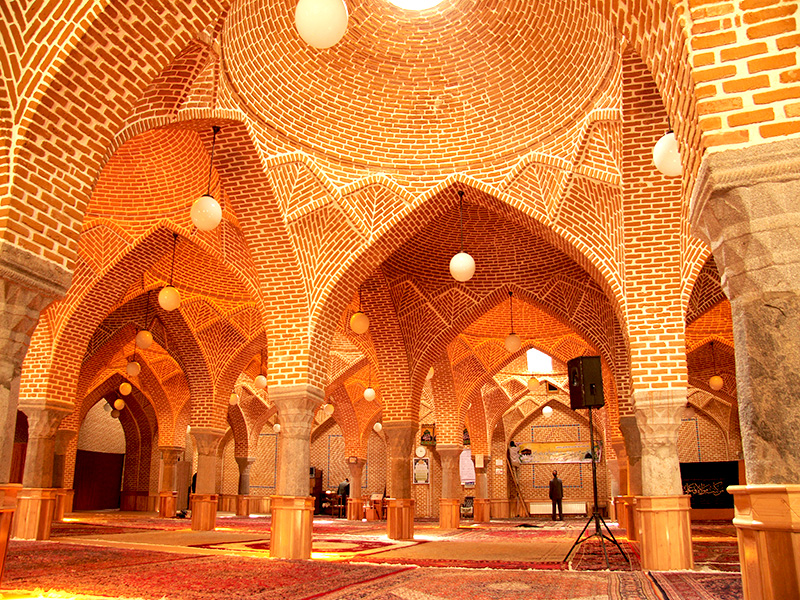
What is the design and the role of Tabriz Bazaar in modern history?
atThis bazaar has played a major role in historical events that has taken place in Iran in the last 80 years. Most of this was down to the design of the bazaar itself. The closed architectural design has made it an ideal place for a number of activities such as commercial and trade, education, religious practices and most importantly social and political gatherings.
The most important events that took place in this bazaar would be the Iranian Constitutional Revolution in the beginning of the 20th century and Islamic Revolution leading up to the 1979 revolution. The Tabriz bazaar was even a trade center for religious minorities, the majority of which were Armenian and Georgians. This played an important role in the trade with European and central Asian merchants.
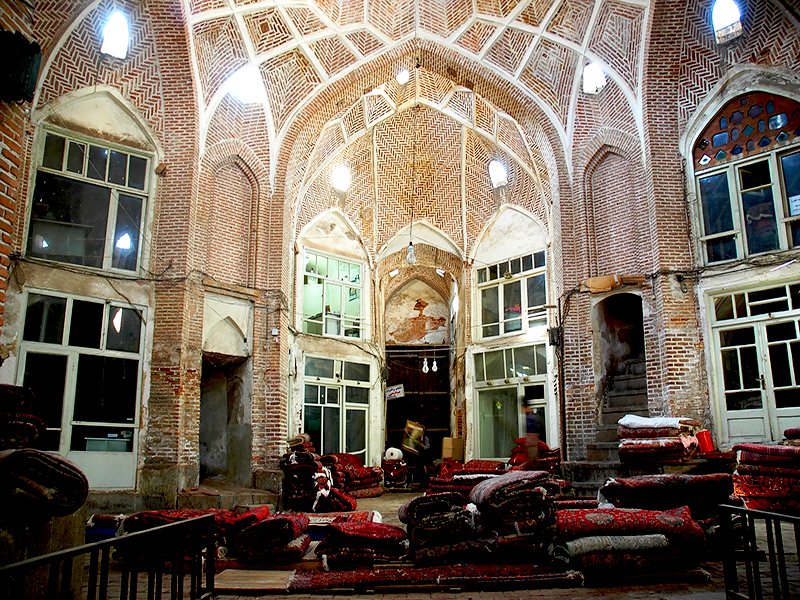
What does the Tabriz Bazaar look like?
atTabriz Bazaar is an exceptional example of an architectural-urban commercial area. It consists of a series of interconnected, covered brick structures, buildings, and enclosed spaces. The bazaar was destroyed as a result of several massive earthquakes, but it was reconstructed afterwards. In 1780, the bazaar was completely destroyed by a huge earthquake and was rebuilt afterwards with no problem. In the year 2000, the Cultural Heritage Organization of Iran began a renovation project for the bazaar in cooperation with the shop owners. This project won the Aga Khan Award for Architecture in 2013.
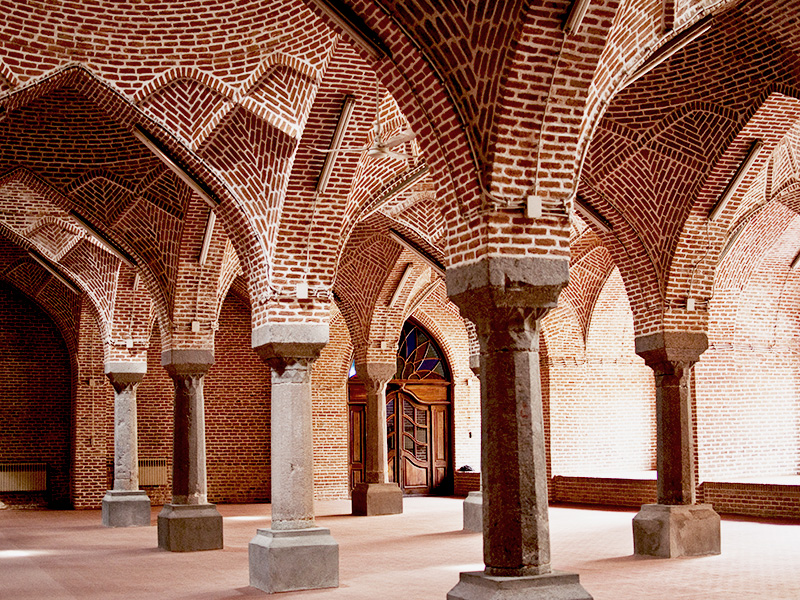
What are in Tabriz Bazaar?
atTabriz bazaar covers some 7 sq. km and it consists of 5,500 stores selling the products of over 40 types of professions, 60 timchehs (sub-bazaars) and saras (small caravansaries), 30 mosques, 20 alleys and sub-bazaars, five baths, 12 schools and five museums.
The most important and luxurious part of Tabriz Bazaar is Amir Bazaar which has the largest dome in the entire bazaar and its where most of the shops exclusively sell gold and jewelry.
Another important section is Mozaffarieh Bazaar, also known as Timcheh Mozaffarieh. If you’re looking for exquisite Persian carpets this is the place to go, as this section of the bazaar has the most beautiful architectural design in the hole complex.
